Plywood is a panel made by gluing together an odd number of sheets of veneer, arranged perpendicular to each other. Plywood panels are used both in the furniture industry and in construction, as plywood is much more dimensionally stable than a similar panel made of timber. Plywood also cracks much more easily when nailed and has the same strength both horizontally and vertically.

When and how did the plaque appear?
In 1797, Samuel Bentham, a British naval engineer with many inventions in his field, applied to register a patent for several veneer cutting machines. In the patent applications, he describes making a product by gluing together several veneers, which in fact is the first description of what plywood is today. At that time, veneers were made in girders, only by cutting sheets of wood flat from logs.
Fifty years later, Immanuel Nobel, father of Alfred Nobel, saw the industrial potential of the new material. He realized that such a multilayered product would have superior strength to lumber and invented a machine (a lathe) to produce veneer by unrolling the log, the veneer that forms the basis of today's plywood.
There is little information on the early uses of the lathe. In the 1870 edition of the French dictionary Le Robert There is, however, a description of how the veneer is obtained by rolling. It can thus be assumed that the process reached France around 1860. In the USA, plywood arrived in 1865 and industrial production began very shortly afterwards. Since 1925, different types of plywood have also been used in construction.
Wood plywood was used to build World War II fighter planes
Plywood comes in many types: light plywood, hardwood, tropical hardwood, flexible, decorative, shipbuilding or aircraft plywood.
Airplane plywood is produced from veneer mahon and/or of birch, bonded with highly heat and moisture resistant adhesive. Such plywood was used to build World War II fighter planes.
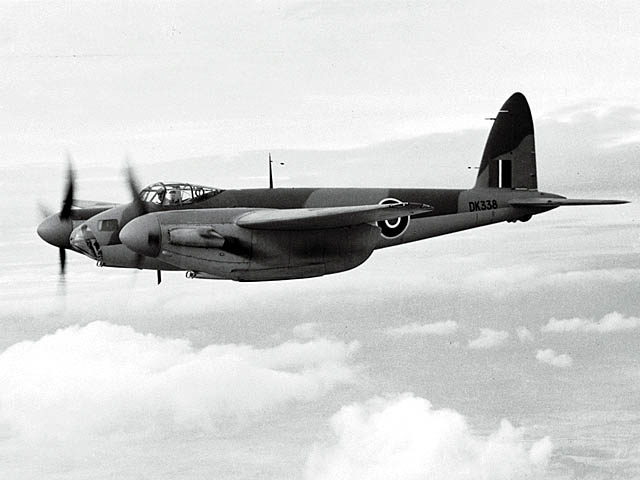
The best known was the British Mosquito bomber, also called the The Wooden Wonder (Wooden wonder). Photo
I hope you find the information useful. As always, additions are welcome. And if you have any questions or queries, please leave them below in the dedicated space. I will be sure to reply.
























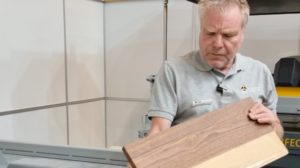
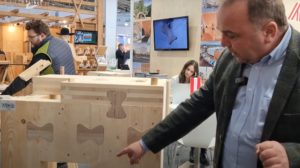
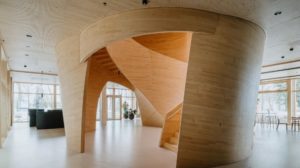

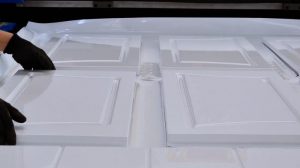

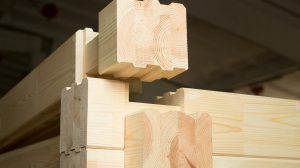

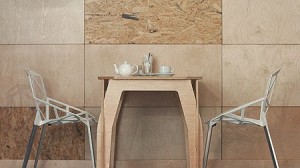



Superrrrrrrrr!!! High class !!!!!
I'm glad you liked Michael. I hope you'll keep following us.
Very interesting article, thank you. Can you please help me with a classification of plywood? What does AA, BB etc stand for and various other abbreviations? I can't find their translation anywhere. I suspect it is differences in quality and moisture resistance or mechanical strength. I've also asked Holver but they don't have either... Thanks.
snay interested in what is the processing of the mouldable plywood and how to fix it after it has been given the shape - let's say - curve...thanks
Good evening.
The subject you propose is a complex and interesting one, so I have developed it in a separate article.
Please find the link below.
All the best!
https://revistadinlemn.ro/2019/07/04/placaj-mulat-obtinere-proprietati-utilizari/